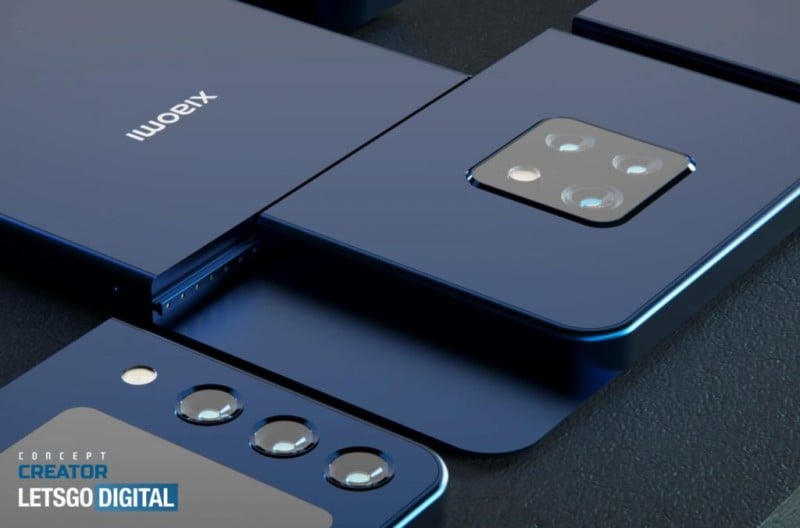
In a play on smartphone design that would make them much more like traditional cameras, Xiaomi has patented a modular smartphone that would accept interchangeable nodes, each one with different functions.
Xiaomi is no stranger to unusual smartphone designs. Just a few days ago, PetaPixel reported on the recently resurfaced Xiaomi patent for a rotating under-display camera, and the company continues its work on innovative designs for future smartphone models like a modular smartphone patent that has been rendered by Let’s Go Digital.
Modular smartphones are not a completely new concept, but they have yet to gain widespread appeal. For example, the Dutch company Fairphone already sells modular smartphones, with a heavy focus on the environmental aspect. The available interchangeable parts, like the camera, speaker, or the top, middle, or bottom modules are meant to make smartphone electronics last longer and become easier to repair, while also using recycled materials to manufacture them.
Xiaomi’s own modular smartphone idea revolves around three modules, which have been mocked up by the Dutch graphic designer Jermaine Smith from Concept Creator, to help visualize what the patented idea might look like.

The first module in the upper part of the device contains the motherboard and the camera system, while the second module, which is the middle part, houses the battery. The bottom of the phone carries the third module, although it is unclear what functions this module would have.
Let’s Go Digital reports that at least two modules contain a screen, and according to the official documentation, they can be connected together to form a large panel with no visible separation in-between, giving users access to a full-screen design. The said modules are attached using a rail system.

In the patent, two types of rear camera modules are mentioned: a square-shaped one with three cameras and a flash and a single vertical column that has four cameras. Let’s Go Digital suggests that it’s likely the square-design camera has a periscopic zoom.
In regards to the selfie camera, it is currently unclear what type of camera would be implemented for this design, with both a punch-hole camera and an under-screen one as possible choices.

The innovative brand’s motivation to pursue modular smartphones is similar to the aforementioned Fairphone: it makes replacing parts more cost-effective, in addition to reducing unnecessary waste, which has been a concern for many brands who have stopped supplying new purchases with chargers, for example. It is yet to be seen if Xiaomi will implement the patent in its future smartphone models and what functions each interchangeable module will have but it does bring additional user customization to the table.
Unfortunately, modular tech devices have not had a particularly successful history. Ricoh tried it with the GXR interchangeable sensor system — which has since been discontinued — and while a new startup is attempting a similar strategy with laptops, previous attempts from Intel, Compute Card’s Ghost Canyon NUC, and Alienware all failed. Specifically in smartphones, Motorola tried a modular back system called Moto Mods, which also did not last long.
Xiaomi’s patent can be read in full here.
Author: Anete Lusina
Source: Petapixel



